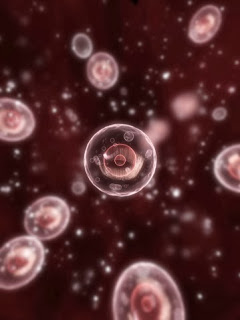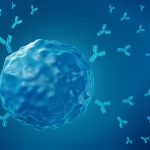Science Magazine is highlighting a University of Pittsburgh discovery solving the mystery of a basic biological function essential to cellular health in the “‘Editors’ Choice”’ section of its latest issue.
The research, reported in the Oct. 1 issue of Nature Cell Biology, describes the mechanism by which mitochondria – tiny structures inside cells often described as “power plants” – signal that they are damaged and need to be eliminated. The discovery opens the door to potential research into cures for disorders such as Parkinson’s disease that are believed to be caused by dysfunctional mitochondria in neurons.
The paper was the result of nearly a decade of dogged laboratory work by dozens of Pitt scientists led by Valerian Kagan, Ph.D., D.Sc., vice chair of the Pitt Graduate School of Public Health’s Department of Environmental and Occupational Health; Charleen T. Chu, M.D., Ph.D., professor and the A. Julio Martinez Chair in Neuropathology in the Pitt School of Medicine’s Department of Pathology; and Hülya Bayır, M.D., research director of pediatric critical care medicine, Children’s Hospital of Pittsburgh of UPMC and professor, Pitt’s Department of Critical Care Medicine.
Dr. Kagan likens the mitochondria elimination process to cooking a Thanksgiving turkey.
“You put the turkey in the oven and the outside becomes golden, but you can’t just look at it to know it’s ready. So you put a thermometer in, and when it pops up, you know you can eat it,” he said. “Mitochondria give out a similar ‘eat me’ signal to cells when they are done functioning properly.”









